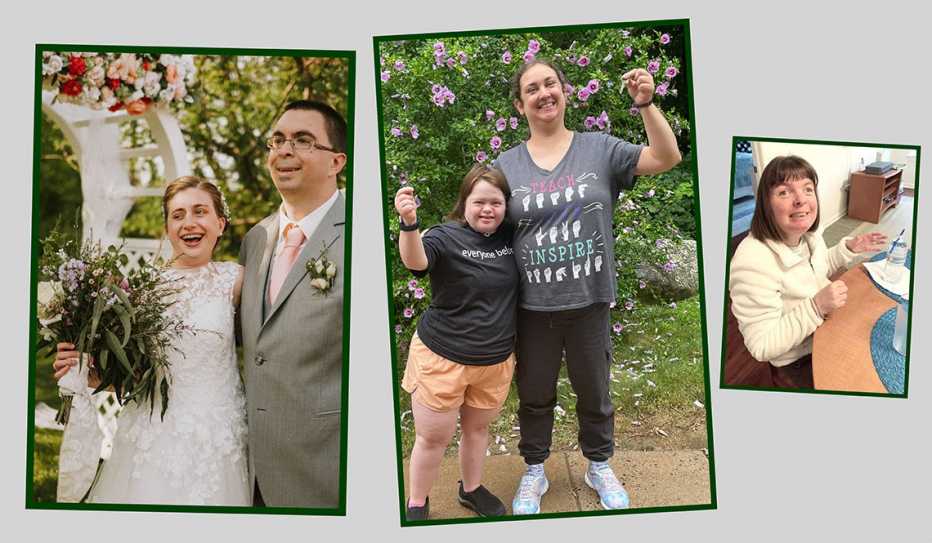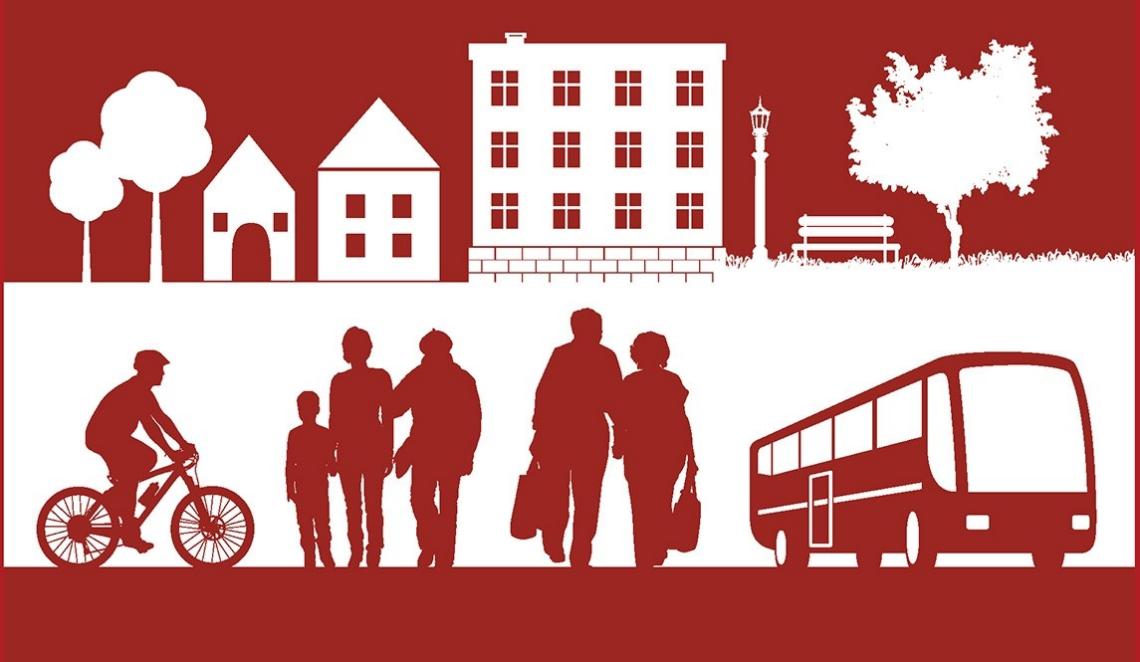AARP Hearing Center


An inevitable and heartbreaking question haunts every parent of a person with special needs: “What will happen to my child when I’m gone?”
“You have a child with a disability and for a long time you're in the cloistered world of the school system,” explains Francis, whose daughter Lauren (pictured above) has intellectual and developmental disabilities (I/DD). “But then your child turns 21, and the school system services end. Reality sets in."
This article, which is a companion to the article “Housing That's Home for People With (or Without) Intellectual and Developmental Disabilities,” shares the story of three families.
Lauren and Scott
When Lauren moved into an integrated supportive housing apartment complex in Connecticut in 2021, she did so with her boyfriend, Scott, who also has I/DD. Both are in their early 30s.
Supportive Housing
The housing model is replicable, and those implementing it in Connecticut want to help that happen in and beyond the state. Learn More


“Whenever they're leaving, they tell staff where they're going, when they'll be back and who they're going with," says Francis, Lauren's dad. "They don't need a lot of intense support, but staff keep an eye on them, provide transportation and help out as needed." Prior to moving into the apartment, Lauren and Scott each lived at home and depended on their parents for everything. “There’s no way I can overstate what it's been like to watch Lauren become her own person," adds Francis. "I sleep well at night knowing that she's got great support. She's going to find her way.”
Before moving to the apartment, Lauren says, “I was very scared. I didn't know what living on my own was going to be like. But after a few weeks, I started lightening up. Scott showed me the confidence.” Adds Scott: “I'm pretty quick and smart at knowing what to do. I can adjust on the fly. Being an athlete, I have that mentality.”
Scott and Lauren are Special Olympians (each plays softball and basketball). The pair married in 2022.

































































